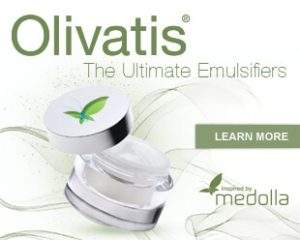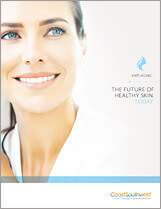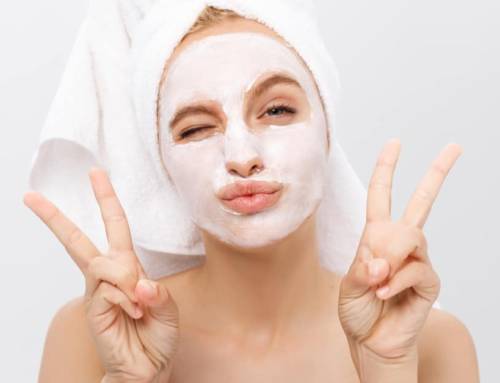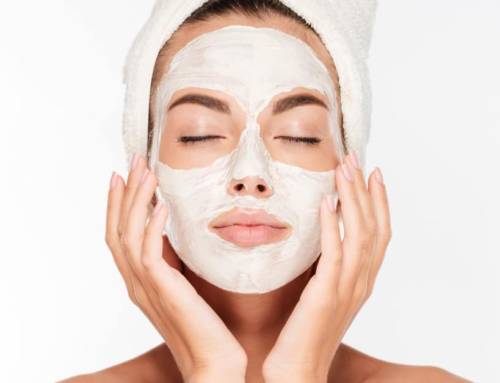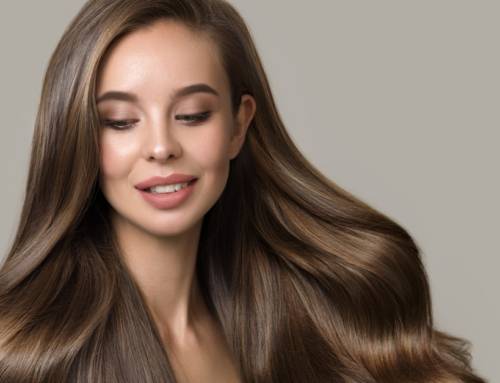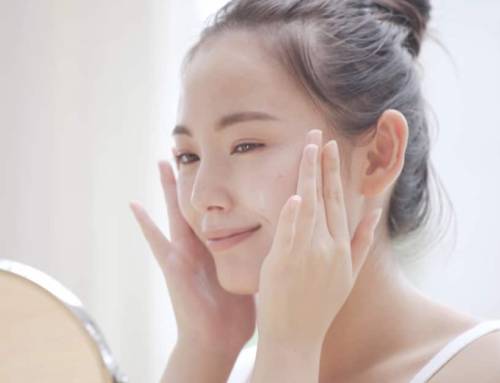The Very Real Dangers of DIY Sunscreens
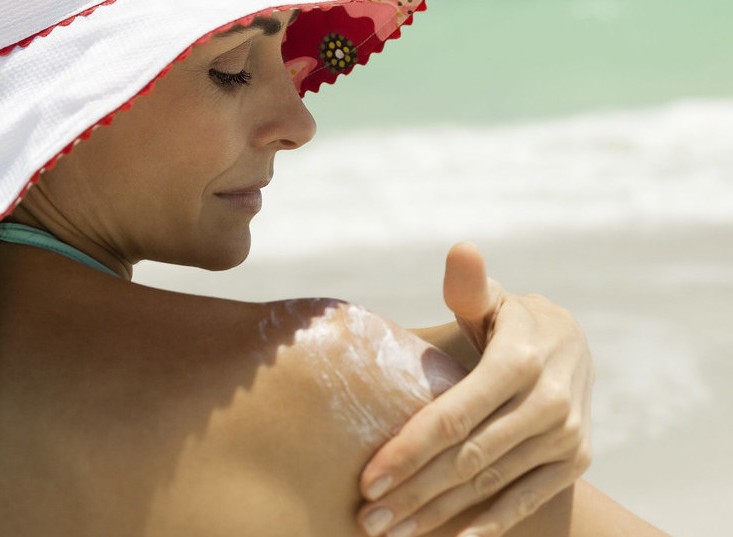
The do-it-yourself beauty craze has reached new levels, with at-home, natural-obsessed consumers concocting their own sunscreen in the kitchen sink or bathrooms. But, this “natural” beauty phenomenon has a multitude of negative ramifications for consumer safety, sun protection, and product efficacy.
To be blunt about it? A DIY sunscreen just doesn’t work.
Misinformation via social media
Not surprisingly? The DIY sunscreen movement is born of social media, most notably the online pinboard Pinterest. And like so much of what’s passed around as “truth” on social media, consumers are being steered in the wrong direction.
According to the recent study “Pinterest Homemade Sunscreens: A Recipe for Sunburn,” conducted by the journal Health Communication, a shocking near 95% of pins about DIY or homemade sunscreen portrayed the product in a positive light. Even worse? 68% of the pins suggested or recommended recipes for DIY sunscreen that did not work.
“Social media, specifically Pinterest with more than 175 million users, has changed the way people seek and share health information. Recent consumer interest in natural products has led to an increase of shared recipes for homemade products including sunscreen. Homemade sunscreen products are risky because they are not regulated or tested for efficacy like commercial sunscreens. With rising skin cancer rates, the use of effective broadband sunscreen is critical to reduce incidence of skin cancer” – “Pinterest Homemade Sunscreens: A Recipe for Sunburn,”Health Communication.
Taking natural too far
The homemade sunscreen movement is a reactionary response and offshoot of the natural, green, and clean beauty movements. As consumer concern about the safety of chemicals in cosmetic, skincare, and personal care products rises, attempts at recreations of favorite personal care products at home on the rise. However, creating an effective, safe sunscreen at home is nearly impossible.
“The DIY version of SPF seems simple enough. It requires few ingredients — nourishing oils (almond and/or coconut) mixed with a rich base, like shea butter, and then topped with mineral-based sun shield, zinc oxide — all heated together over the stove and then thoroughly blended. Again, sounds easy in theory to concoct, but in no way will the finished product — or any other made-at-home formulation — ever add up to the everyday SPF 30,” according to the Allure article “DIY Sunscreen Exists, But Dermatologists Say You Shouldn’t Use It.”
Sunscreen is a product regulated by the Food and Drug Administration to ensure every bottle, spray, or other format sold on the market meets safety and effectiveness standards. Additionally, the FDA requires sunscreens to have an expiration date, as suncare products can reduce or fail in effectiveness after three years. For DIY crazed consumers, sunscreen simply isn’t a personal care product that can be replicated or produced safely and effectively in the home.
Lorem ipsum dolor sit amet, consectetur adipiscing elit, sed do eiusmod tempor incididunt ut labore et dolore magna aliqua. Ut enim ad minim veniam, quis nostrud exercitation ullamco laboris nisi ut aliquip ex ea commodo consequat. Duis aute irure dolor in reprehenderit in voluptate velit esse cillum dolore eu fugiat nulla pariatur. Excepteur sint occaecat cupidatat non proident, sunt in culpa qui officia deserunt mollit anim id est laborum.
DIY derma-disaster
At-home recipes for sunscreen can have serious consequences for consumers. These DIY concoctions lack the precision and science required to adequately protect human skin from the sun’s harmful UV rays, which can cause sunburn, sun poisoning, and skin cancer.
"In no way will the finished product — or any other made-at-home formulation — ever add up to the everyday SPF 30."
Allure
According to the U.S. Department of Health and Human Services and the World Health Organization, UV is a proven human carcinogen that is “considered the main cause of nonmelanoma skin cancers, including basal cell carcinoma and squamous cell carcinoma. These cancers strike more than a million and more than 250,000 Americans, respectively, each year. Many experts believe that, especially for fair-skinned people, UV radiation also frequently plays a key role in melanoma, the deadliest form of skin cancer, which kills more than 8,000 Americans each year,” reports the Skin Cancer Foundation.
With statistics like these, it’s no wonder the level of concern about homemade sunscreen recipes among scientists, dermatologists, and sun safety experts is at an all-time high.
“I understand the movement and wanting to provide the best for your kids and to not give them things that are harmful or dangerous or hazardous….(but) it’s really scary because what’s at risk here at best is a really bad sunburn, but at worst is the possibility of skin cancer in the future, especially if it’s children,” said Lara McKenzie, a principal investigator at the Center for Injury Research and Policy at Nationwide Children’s Hospital and one of the authors of the study, in an interview with OneZero. “The number of saves for the average Pinterest post are something like 800, and one of the pins in the study was saved more than 21,000 times. This is in the mainstream and it’s popular.”
Sounding the alarm about DIY sunscreen dangers
As the popularity of do-it-yourself homemade sunscreen recipes on social platforms like Pinterest spike, marketers should join with public health experts in sounding the alarm about these dangerous concoctions.
One way to prevent the problem? By continuing to innovate sunscreen solutions that offer everything a DIY recipe can – and more, since they’re using the best ingredients and formulations possible. So consumers can get excellent skin protection without messing up their sink.

